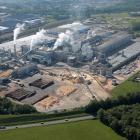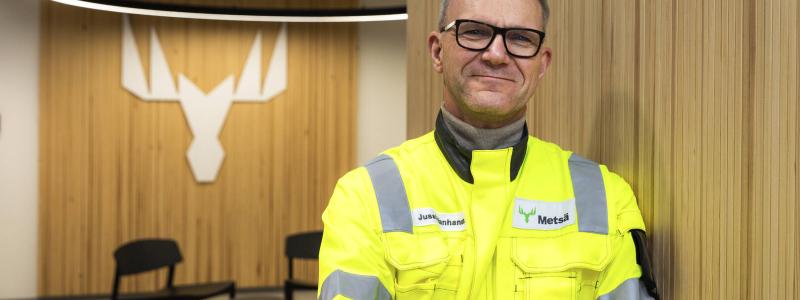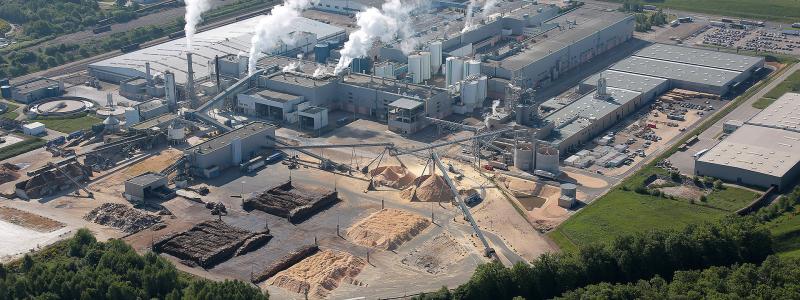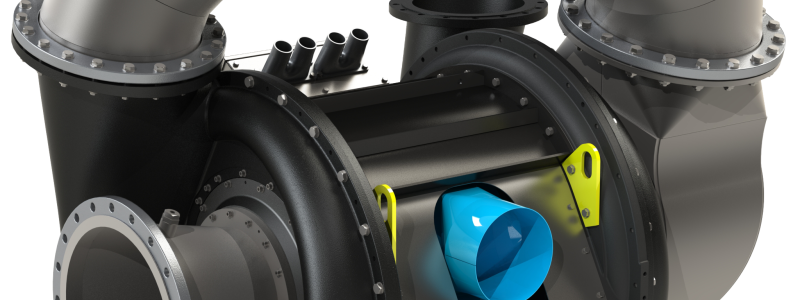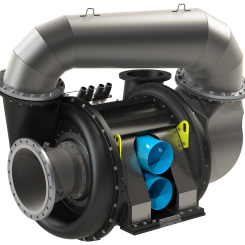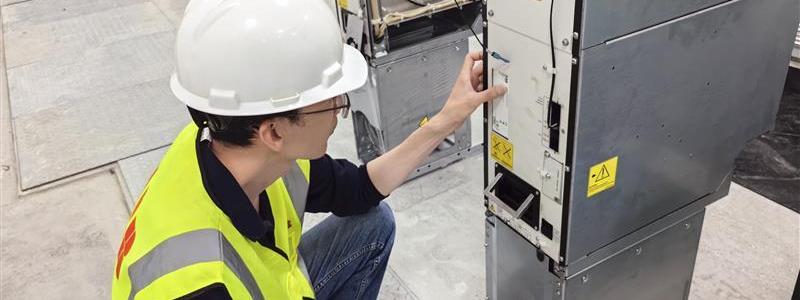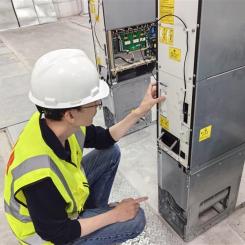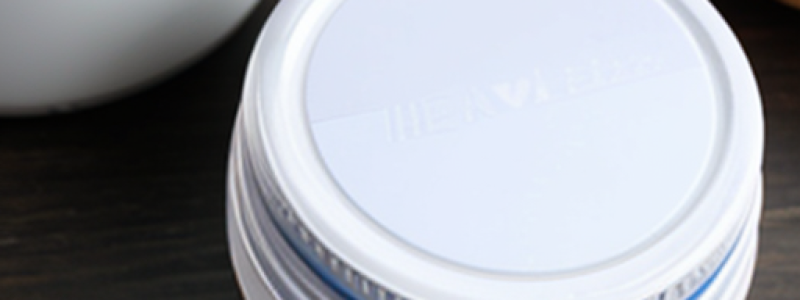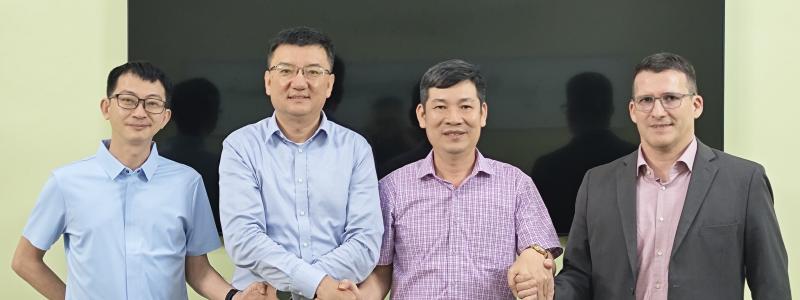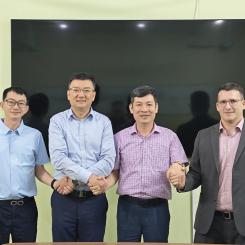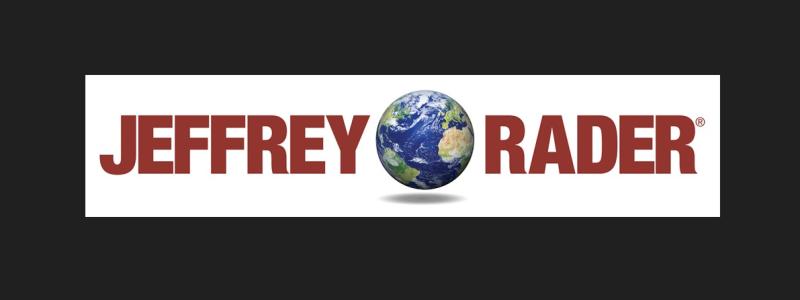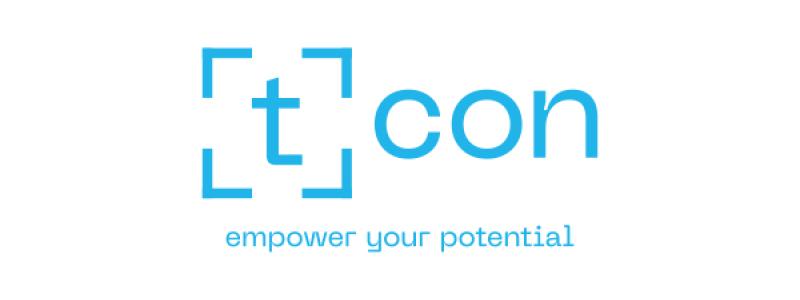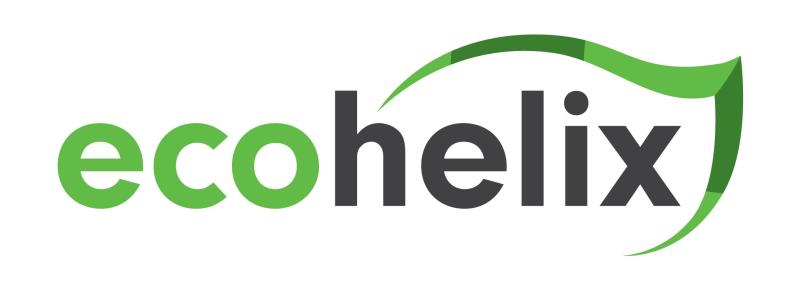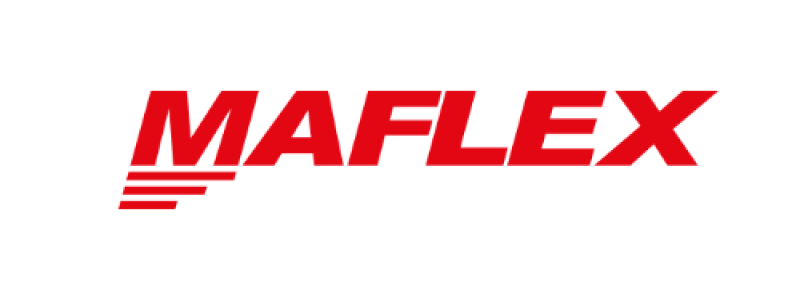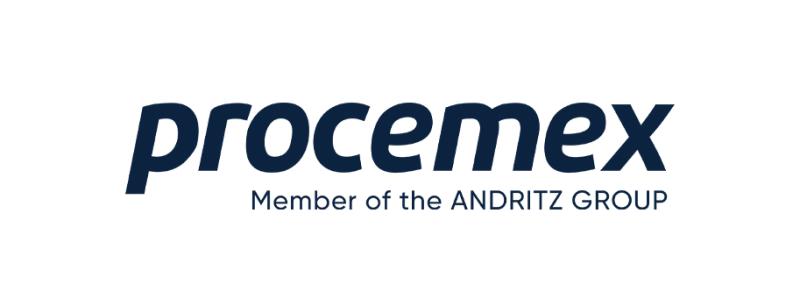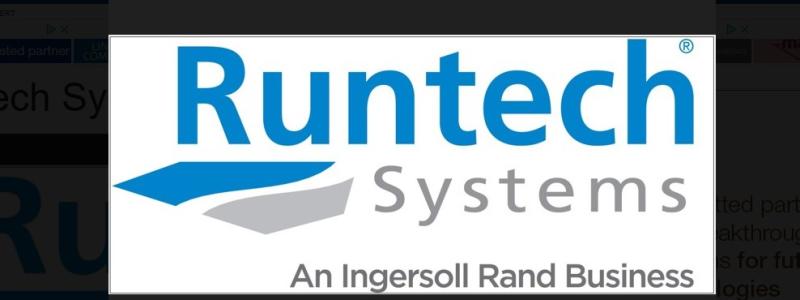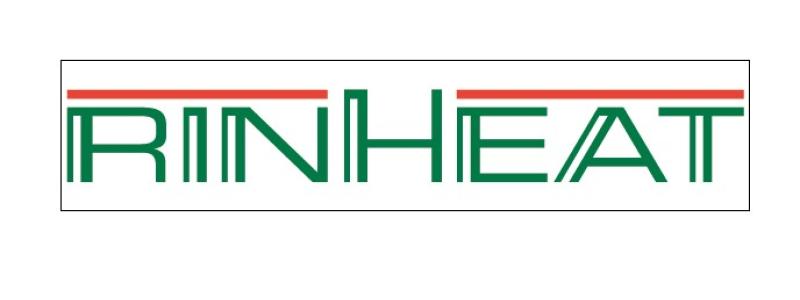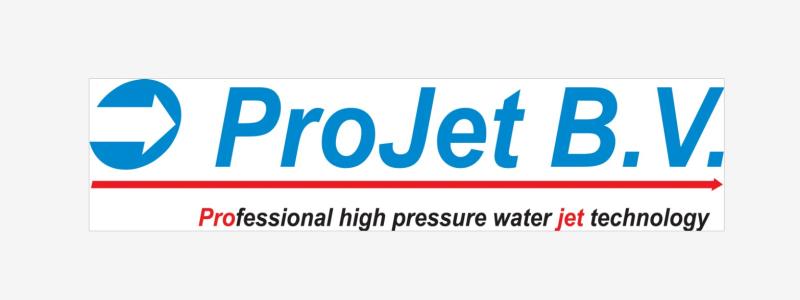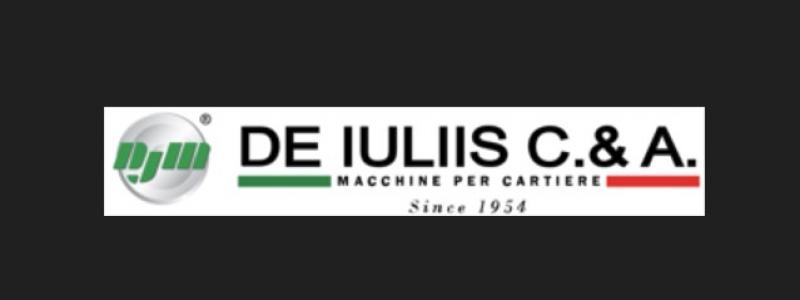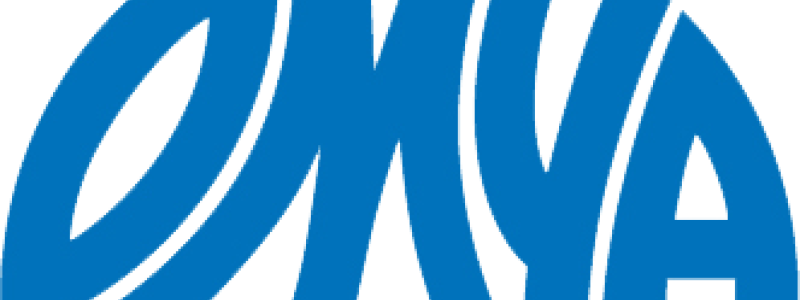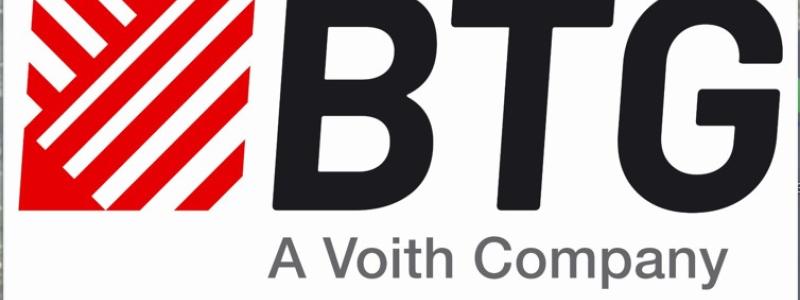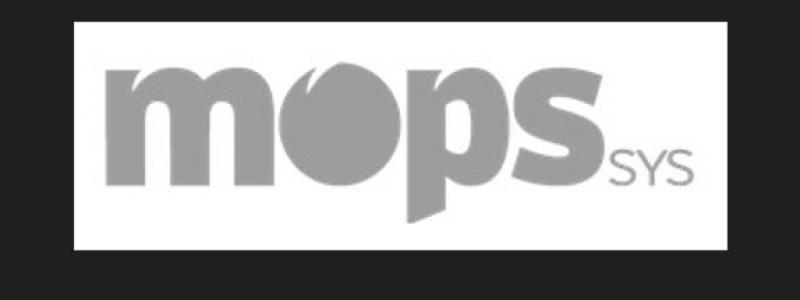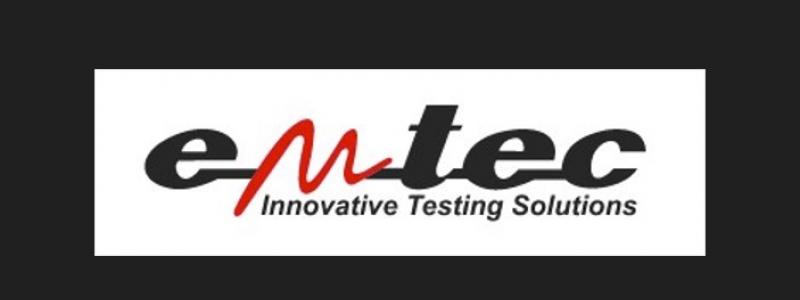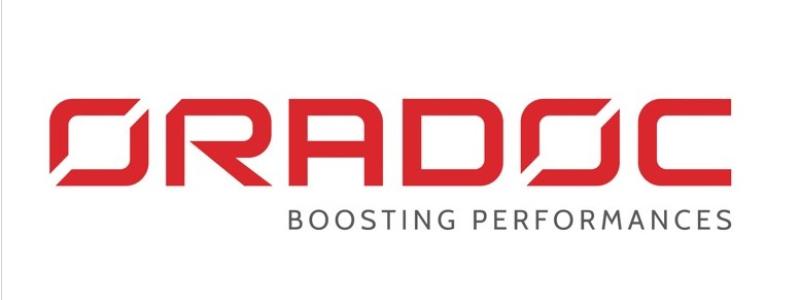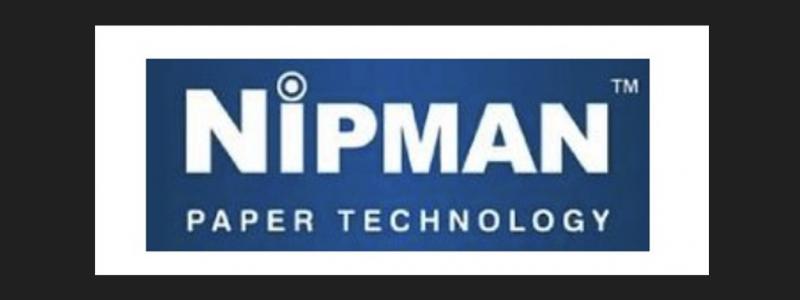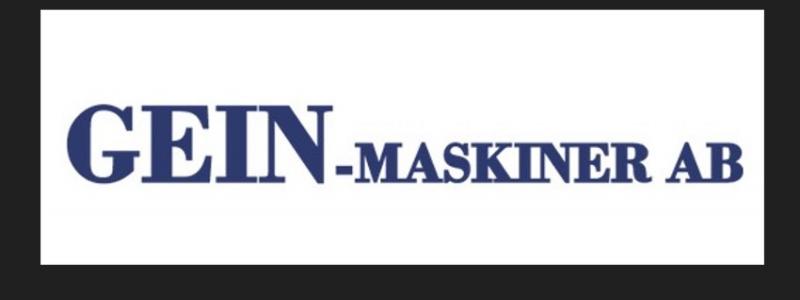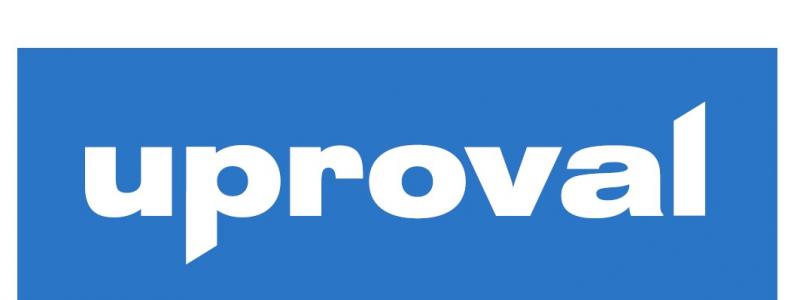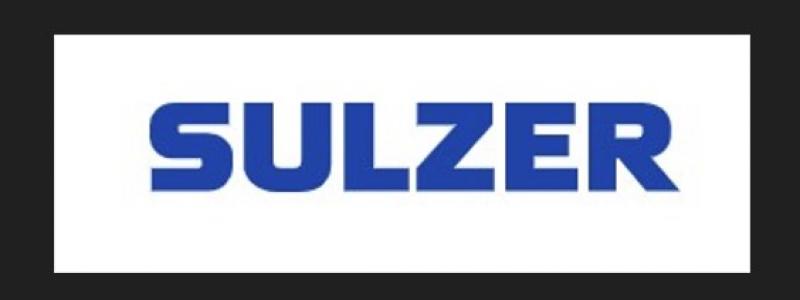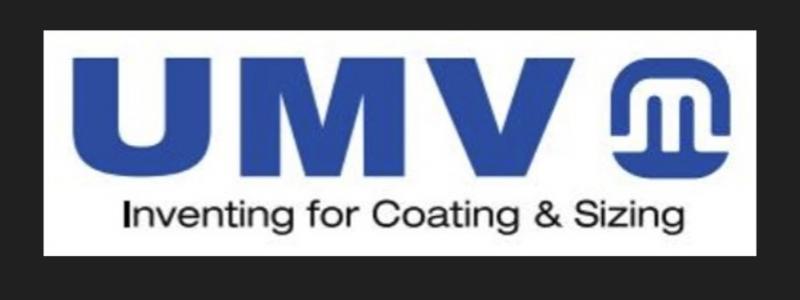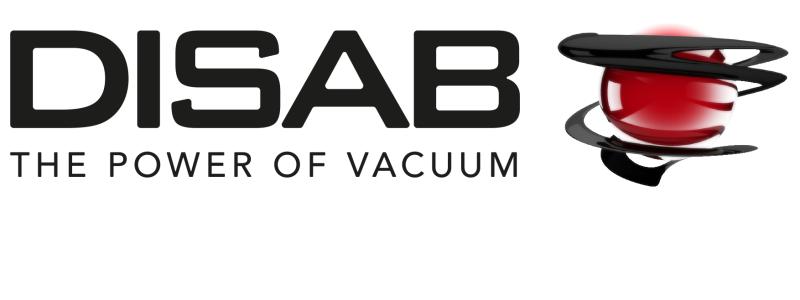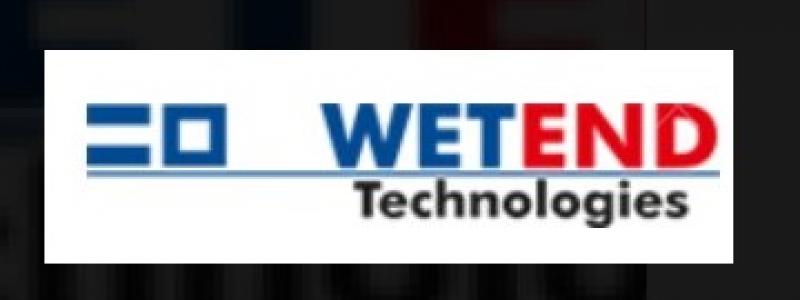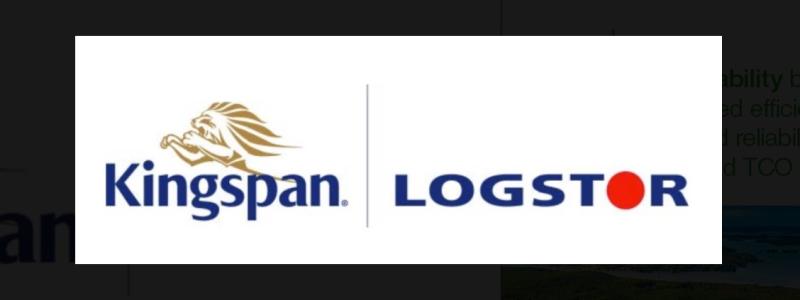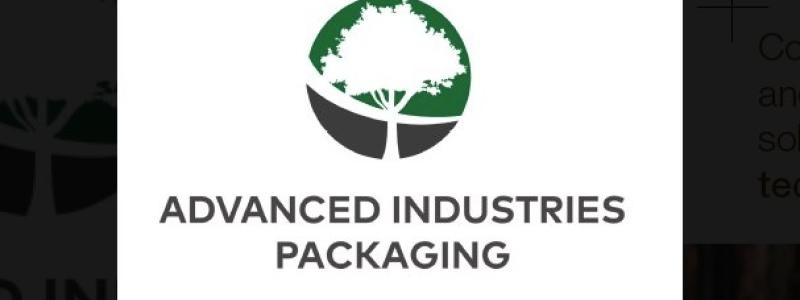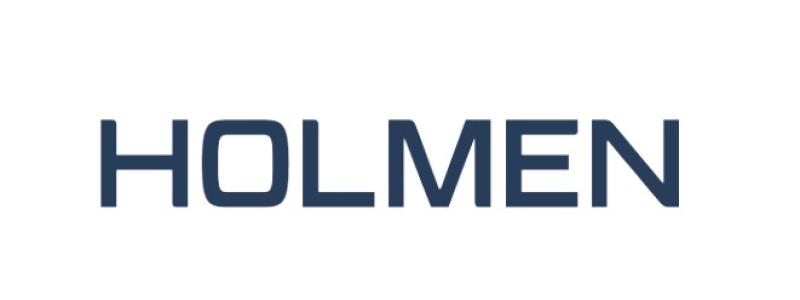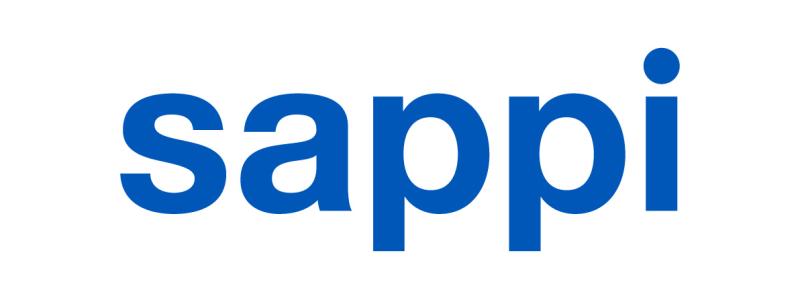Kemira Oyj's has released its January-June 2014 Interim report. Key figures from the report includes: (for the second quarter)
- Reported revenue decreased 9% to EUR 518.2 million (569.3), due to divestments and unfavorable currency exchange rates. Revenue in local currencies, excluding acquisitions and divestments, remained flat.
- Operative EBIT decreased 8% to EUR 37.0 million (40.0) with a margin of 7.1% (7.0%). Operative EBIT in local currencies, excluding acquisitions and divestments remained flat.
- On July 7, Kemira signed a preliminary agreement to acquire AkzoNobel's paper chemical business.
(for the period January-June):
- Reported revenue decreased 7% to EUR 1,048.1 million (1,130.2), due to divestments and unfavorable currency exchange rates. Organic revenue growth reached 1%.
- Operative EBIT decreased 11% to EUR 73.3 million (82.2) with a margin of 7.0% (7.3%).
- Operative EBITDA decreased 6% to EUR 117.7 million (125.0) with a margin of 11.2% (11.1%).
Kemira maintains its revenue outlook for 2014, but revises its profitability outlook. Kemira starts to apply operative EBITDA as its profitability metric (previously: operative EBIT) for 2014 outlook. Kemira expects operative EBITDA in 2014 to be approximately at the same level as in 2013 (previously: operative EBIT was expected to be slightly higher in 2014 as in 2013).
Kemira's President and CEO Jari Rosendal comments on the report:
“Recent divestments and unfavorable currency exchange rate fluctuations continued to impact Kemira's reported revenue. Revenue in local currencies, excluding acquisitions and divestments remained flat with modest sales volume growth. Paper and Oil & Mining sales volumes continued to grow at above-the-market rate. However, increased competition in Municipal & Industrial and our actions to improve segment's profitability continued to impact sales volumes negatively.
Operative EBIT decreased 8% with somewhat higher margin. The main reasons for the decline, in addition to the unfavorable currency exchange rates, were the divestment of formic acid business as well as the increased depreciation related to the ramp up of our new manufacturing facilities in Nanjing and Dormagen, and amortization related to our recent acquisitions. We expect benefits of these investments to start to become more visible in the second half of 2014.”



